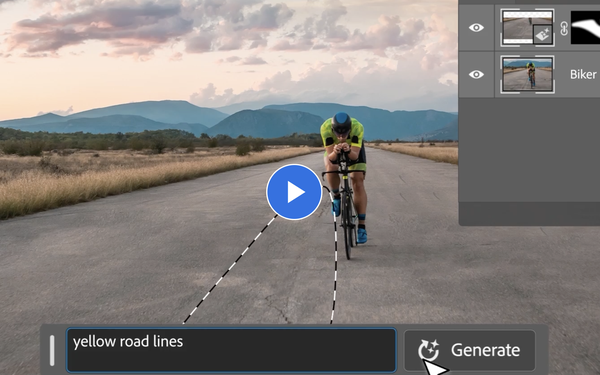artificial intelligence
AI Marketing Continues Apace
- by Todd Wasserman , June 14, 2023

Image above: Adobe's Generative Fill
AI-enabled marketing isn’t coming in the near future. It’s already here.
According to GroupM, AI-enabled marketing accounts for 45% of all advertising globally. The agency predicts that by 2032, AI will influence 90% of all ad revenue, over $1.3 trillion.
Here’s how some top brands are using generative AI right now:
Amazon: Amazon uses generative AI to summarize customer reviews and provide "a brief overview of what shoppers liked and disliked" about a product, along with a disclaimer that the summary is AI-generated, according to CNBC. For instance, the summary for a children’s “Magic Mixies” cauldron toy notes that buyers “gave positive feedback around its ‘fun factor, appearance, value, performance, quality, charging, and leakage.’”
advertisement
advertisement
The summary goes on to say “However, the majority of customers have expressed negative opinions on these aspects,” adding that, “For example, some customers have paid over $100 for a toy that wasn’t worth it, while others have experienced issues with the product’s quality and charging.”
Amazon is testing the feature. A rep for Amazon has said “We are significantly investing in generative AI across all of our businesses.”
Binance: The crypto brand is using generative AI to let customers create their own NFTs.
Adobe: In May, Adobe introduced a feature called Generative Fill in PhotoShop that lets users zoom out from an image and have generative AI fill in the rest, according to Forbes.
Elizabeth Arden: In May, the beauty brand used generative AI to launch a VR store, according to Glossy. The DALL-E feature enhances and edits archived historical images in the store. For instance, AI was used to fill in the legs and feet of certain women in the heritage imagery or complete imagery of older items like cars, tables and rocking chairs.




